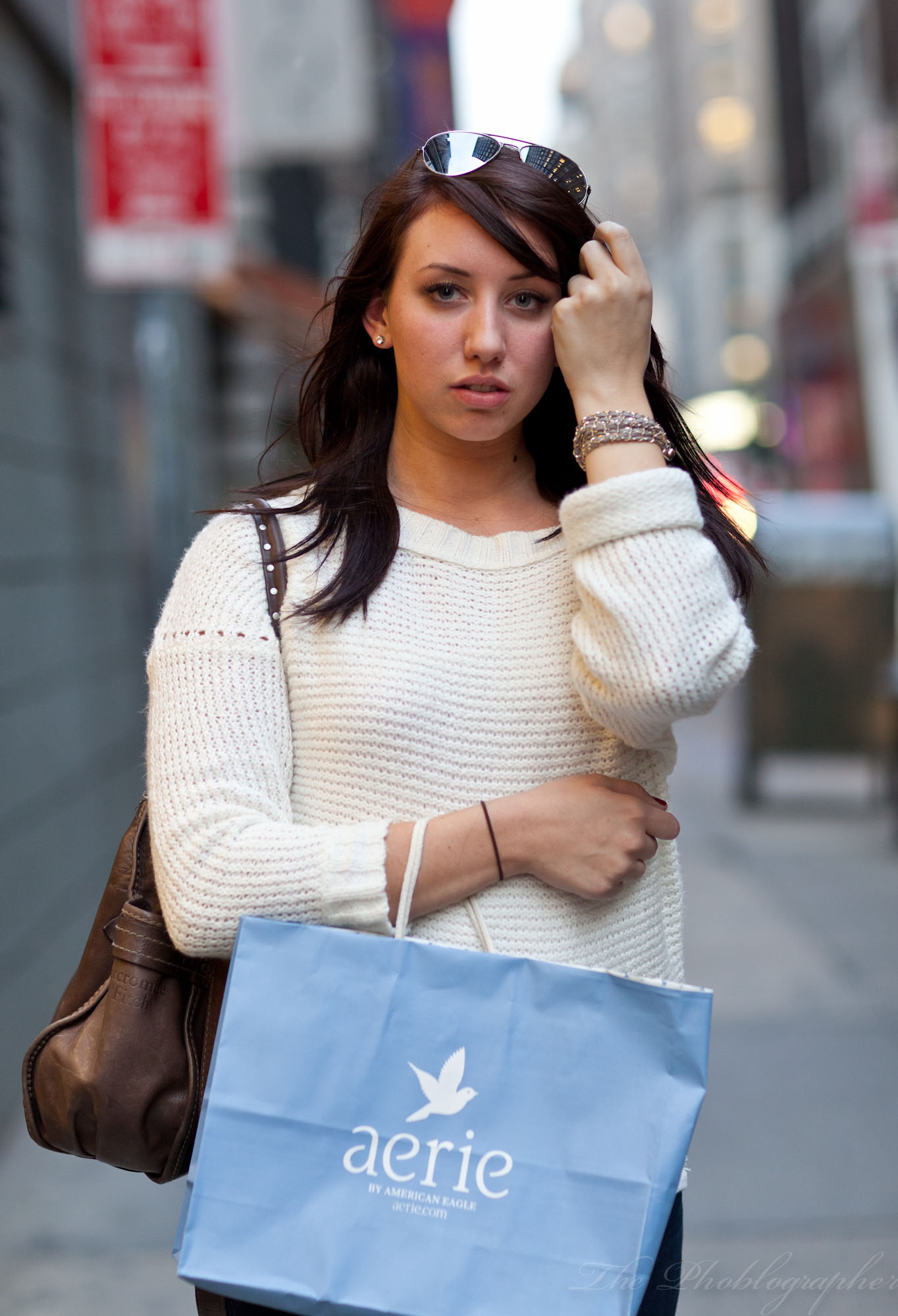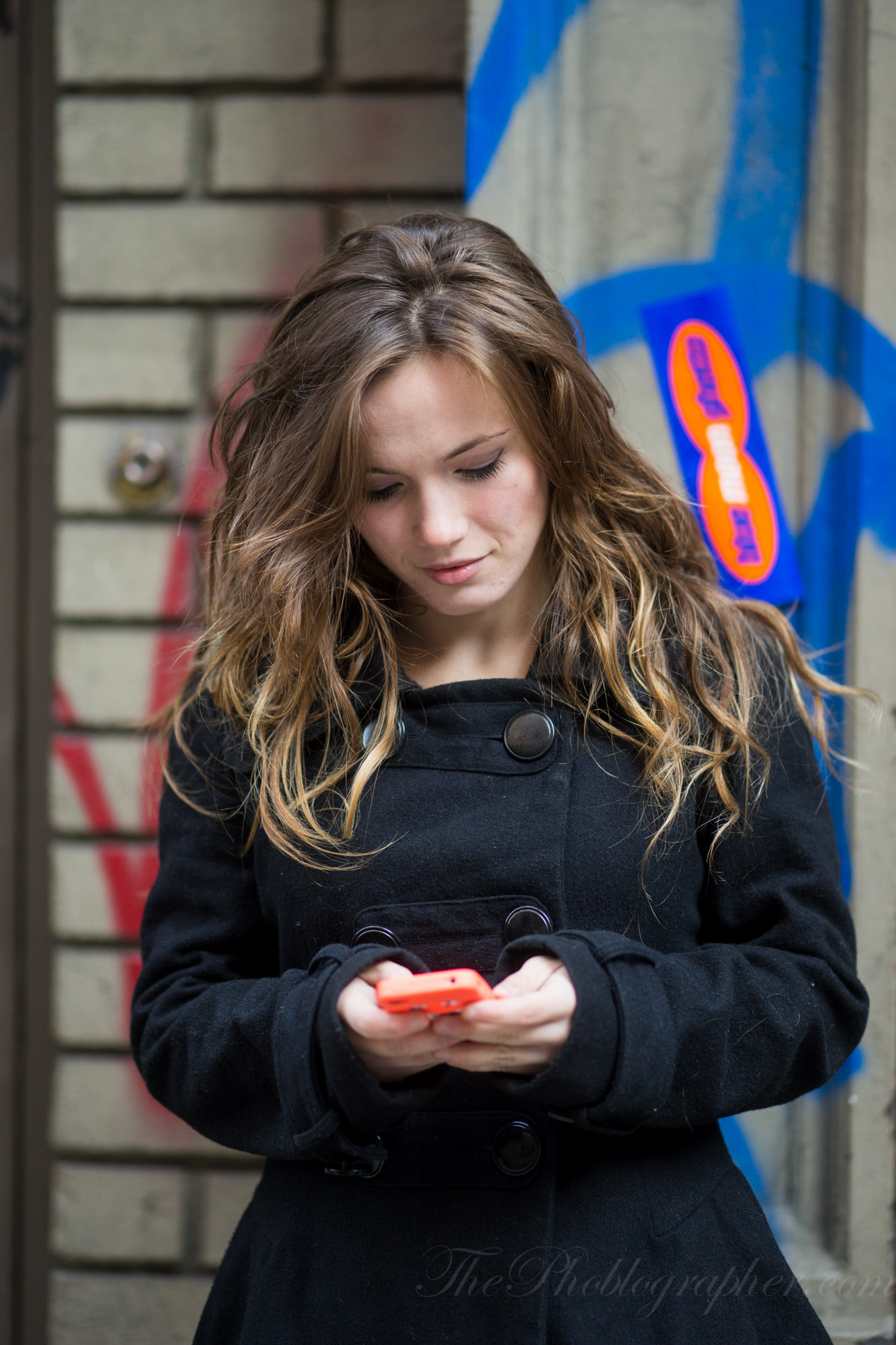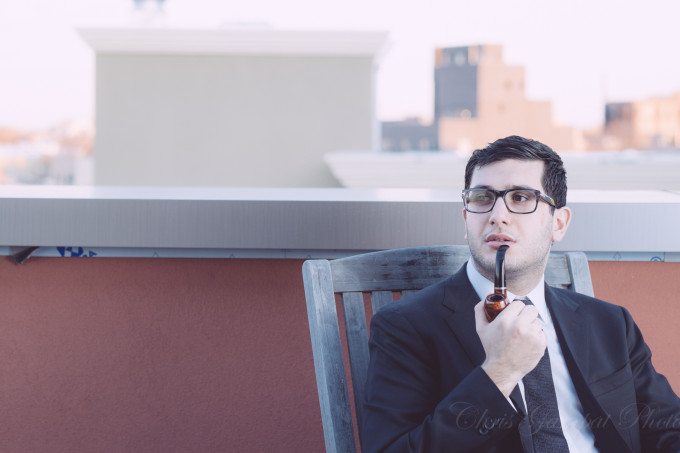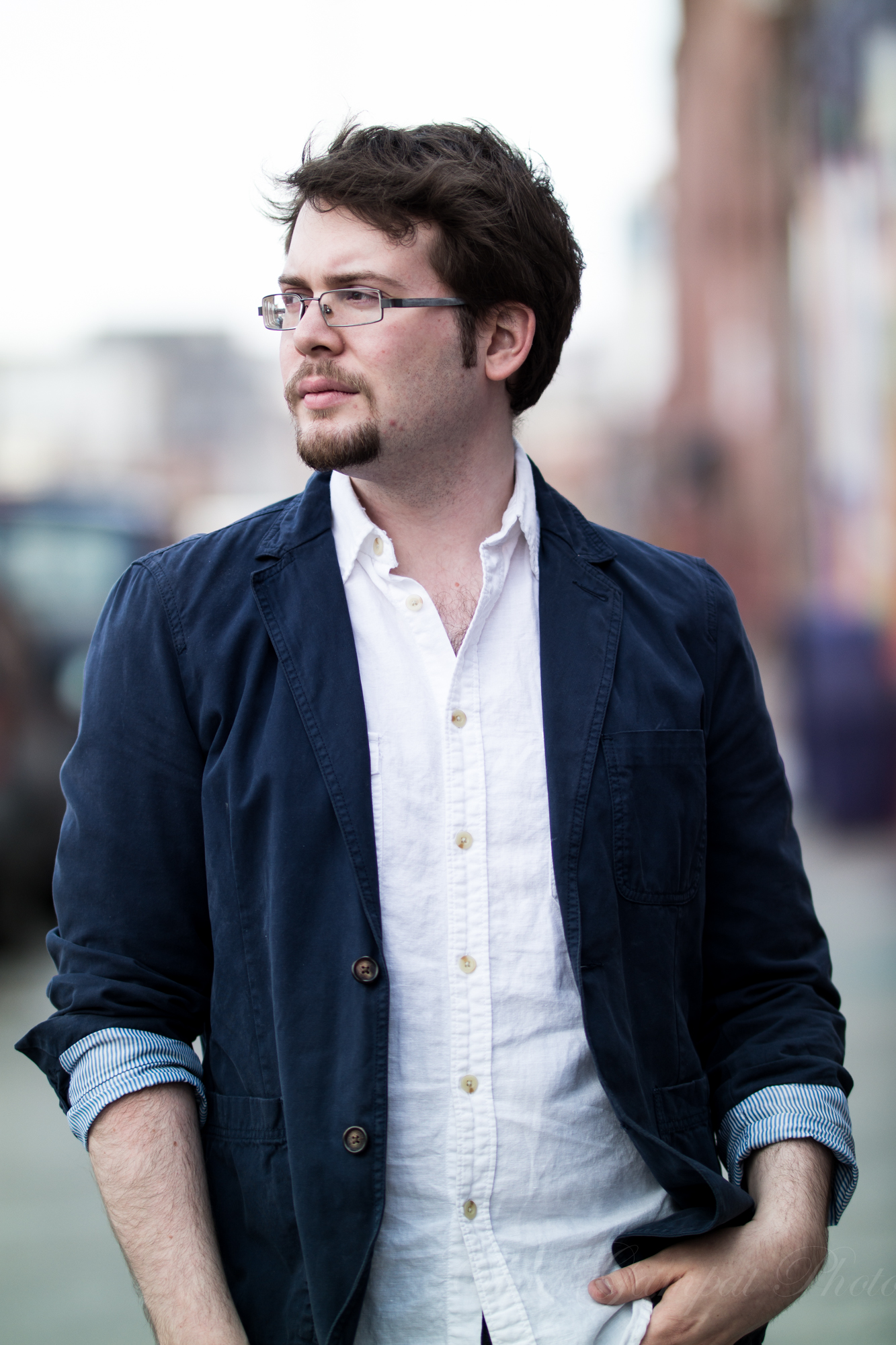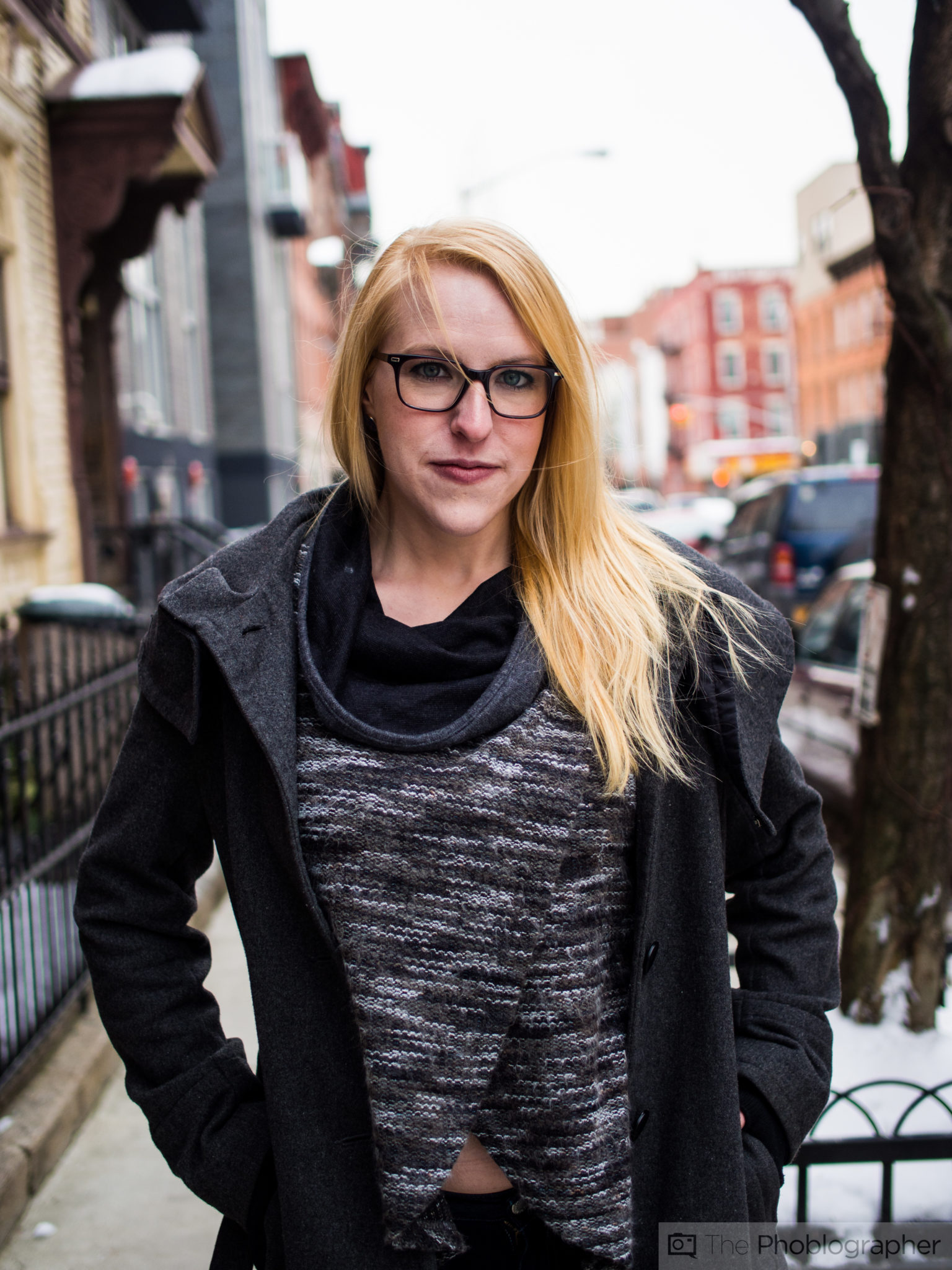There is nowhere that someone tries to put their best face forward anymore on the internet than on a dating website. And when you’re working with people that want to try attracting potential suitors, they want to have who they are put forward. But at the same time, you can’t go over the top in any way because that will just throw off people looking at their profiles.
So when it comes creating better photos for a dating website, here are a couple of things that you’ll need to do and keep in mind.
Interview the Person First
One of the most basic things that you can do and truly should do is interview the person. Ask them the typical who, what, when, where, how and why. These questions about them start to formulate a background on them that you can piece together and translate into images. For example, maybe someone is a workout junkie and in this case you may want to photograph them riding a bike, doing yoga or something along those lines.
Some great questions to ask:
– Who is the person that you’re trying to put across?
– What does that person like doing for fun and what do they actually do on the spare time?
– When does this person usually do these activities?
– Where does this person like to hang out?
– How will you need to shoot this person? Will there be need for special lighting or anything like that?
Don’t Use a Focal Length Under 50mm
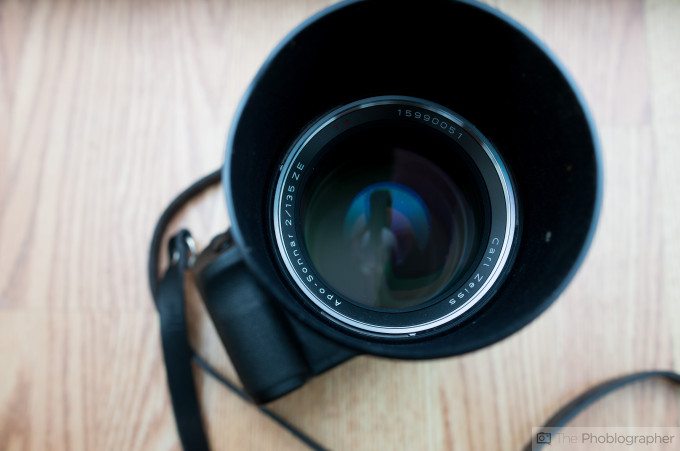
One of our biggest rules when it comes to gear is to not use a focal length under 50mm. To help them put their best face forward, we strongly recommend that you instead go for longer focal lengths. This applies to the use of both cropped sensors and full frame cameras. Exceptions are the Olympus 45mm f1.8 (review here)and Panasonic’s 42.5mm f1.2 lens. Other options include:
– Sigma 85mm f1.4 (review here)
– Nikon 85mm f1.8/f1.4 (review here)
– Zeiss 135mm f2 (the big daddy of portrait lenses, review here)
– Sony 85mm f1.4 and 135mm f1.8 (review here and here)
– Rokinon 85mm f1.4 (review here)
Go Through Their Wardrobe With Them
You’re probably best off going through their wardrobe with them to ensure that you’re selling who they are and not some character that they play to pick folks up. Think of various outfits that can work with the weather and with different poses. Try to involve props too if you can. Giving someone something to do can create more natural looking images.
Put Them in Their Natural Environments
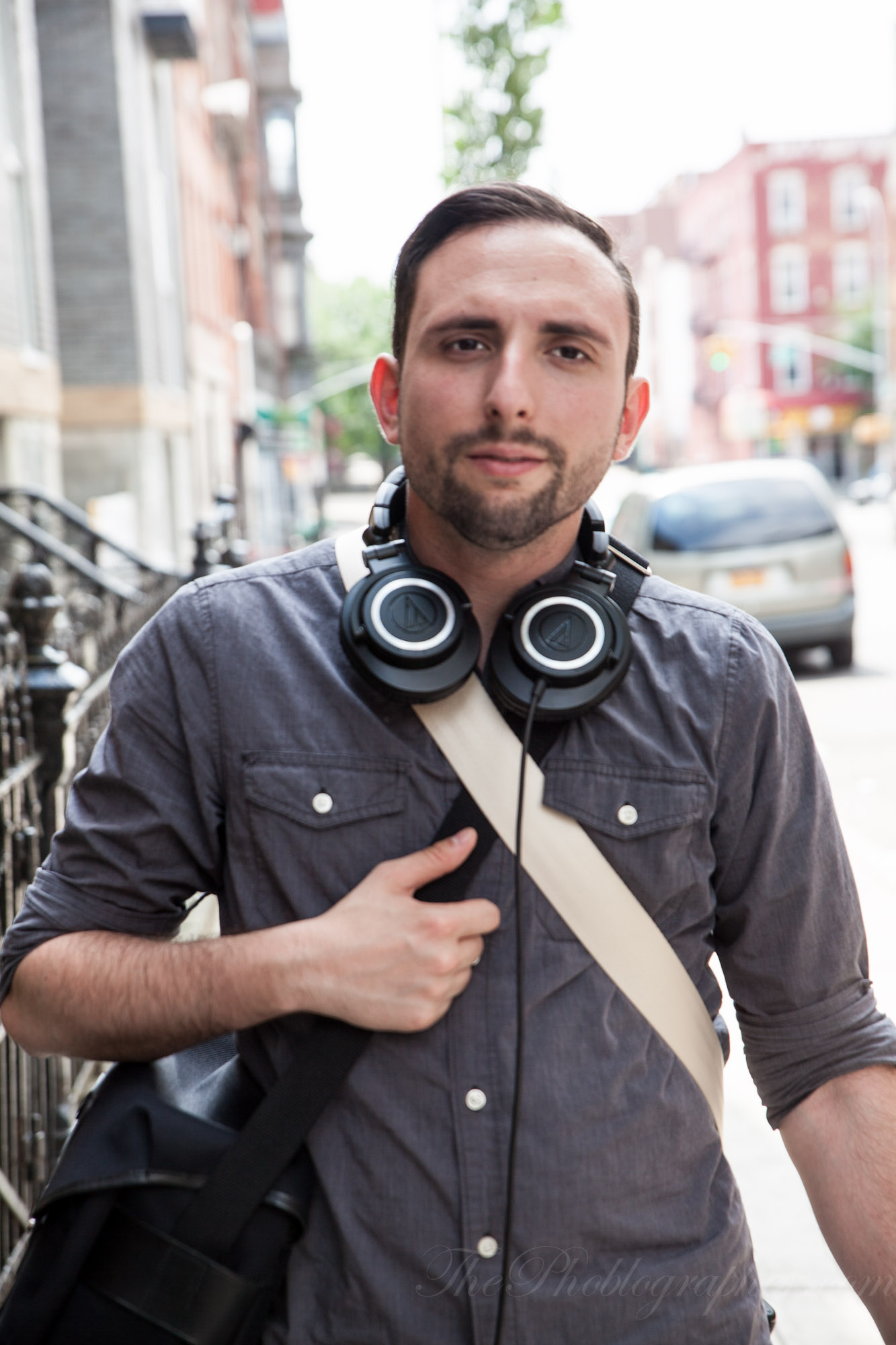
The use of props continues into making someone be natural–and putting them in a natural environment of some sort has never made more sense. If someone is a video gamer or loves reading books at cafes, try to set up some sort of shoot where you portray them doing this. It may require storyboarding and sometimes permission, but it works out.
Give Them the Fashion Look
Making someone look great on camera involves a lot more than just using the latest and greatest focal lengths (and that isn’t even true at all.) It requires carefully posing them and capturing their best sides. For starters:
– Ask them to stand straight at you, then take careful note of which shoulder is the lower hanging one. Then position them in such a way that they’re evened out.
– Ask the person to tilt their head slightly and maybe even put their face in such a position that the nose looks like it is against the cheek.
– Depending on their physique, ask them to bring their chin out.
Get Rid of Blemishes, But Make Them Look Natural
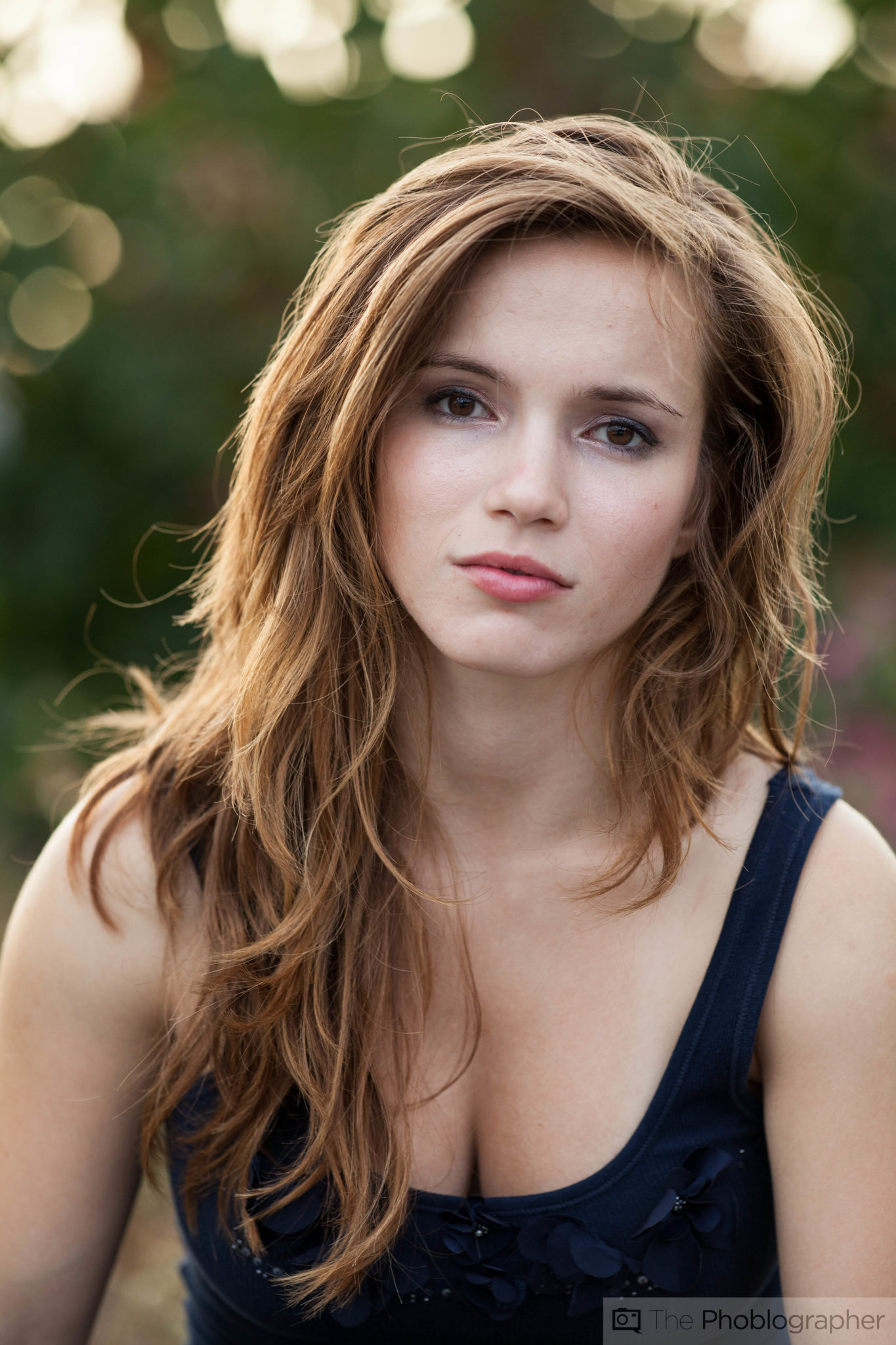
Talk to the person about what they think their blemishes are on the skin. And if possible, try to take out things like pimples or special marks if you feel that they’ll easily appear. But don’t completely and totally retouch the skin–this isn’t a fashion magazine ad. Instead, having a minor imperfection makes them appear more human if anything.
If something is really bothering your subject though, then get rid of it.
Proper Metadata Will Help You/Them Stop Spam Bots
The one biggest thing that you’d want to do is insert specific tags and keywords into the metadata of the image in Adobe Lightroom. When you do this, it will make the images that are uploaded to the web easier for you to find and track down on the web. One of my clients had images of her stolen by a bot, but I was able to stop and prevent it from happening again due to my ability to track them accordingly.
Plus, it’s just nice to be able to know where the images that you’ve created are going.


